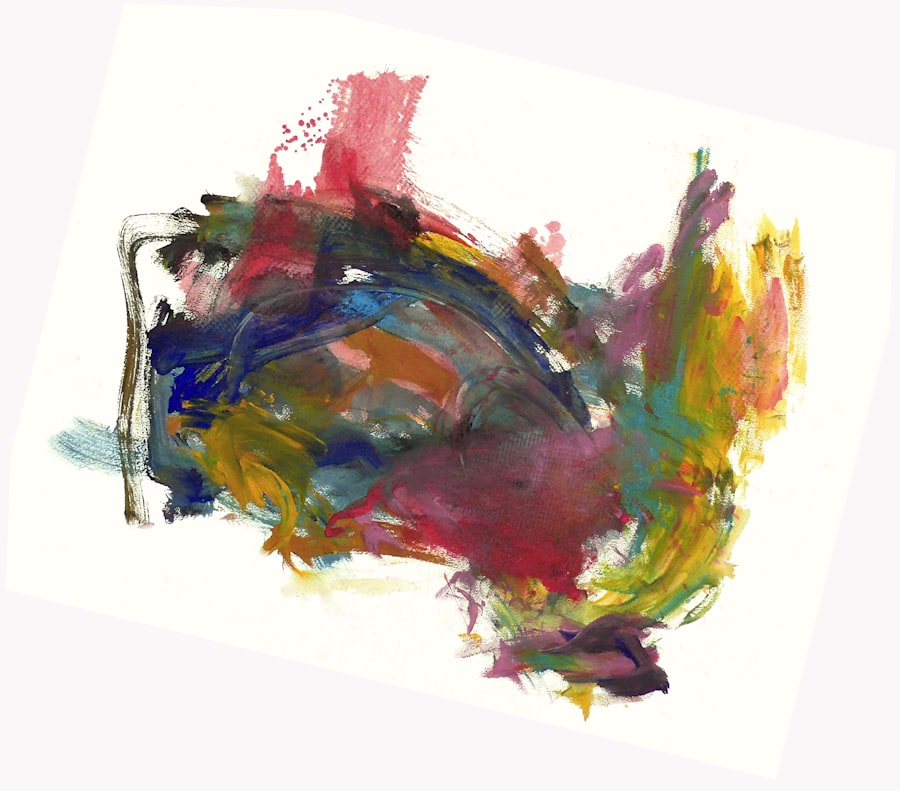When selecting a canvas size for painting, artists must consider several factors that influence both the creation and perception of their work. Canvas dimensions significantly affect composition and emotional impact. Larger canvases can create a sense of grandeur and immersion, making them suitable for expansive landscapes or dynamic abstract pieces.
They allow for broad brushstrokes and intricate details that might be less noticeable on smaller surfaces. In contrast, smaller canvases often foster intimacy and encourage closer viewer engagement, promoting a more personal connection with the artwork. Practical considerations also play a role in canvas size selection.
The intended display location is crucial; large canvases may be appropriate for gallery exhibitions or public spaces, while smaller pieces might suit private collections or intimate settings. Artists must also consider their working style and comfort. Some prefer larger surfaces for bold strokes and expansive movements, while others favor the precision and control offered by smaller canvases.
The choice of canvas size is a complex decision that balances artistic vision with practical constraints. It influences not only the creative process but also how the final artwork is received and experienced by viewers. Artists must carefully weigh these factors to select the most appropriate canvas size for their specific project and intended audience.
Key Takeaways
- Size: The size of a canvas can greatly impact the overall impact of a painting, so it’s important to consider the dimensions and aspect ratio before starting a project.
- Canvas painting techniques: There are various techniques for painting on canvas, including layering, blending, and texture building, each of which can create different effects and styles in a painting.
- Canvas stretching: Properly stretching a canvas is essential for preventing warping and ensuring a smooth painting surface, and can be done using stretcher bars and a staple gun.
- Canvas framing: Framing a canvas can provide a finished look and protect the edges of the painting, and there are various options for frames, including traditional wooden frames and contemporary floater frames.
Canvas Painting Techniques
Traditional Techniques: Oil and Acrylic Painting
Oil painting, for instance, is renowned for its versatility and depth of color, allowing artists to create luminous effects through layering and glazing. The slow drying time of oil paints enables meticulous blending and fine detail work, making it a favored choice for portraiture and realistic landscapes. On the other hand, acrylic paints dry quickly, which can be advantageous for artists who prefer to work rapidly or wish to build up layers without waiting for extended periods. This fast-drying quality also lends itself well to techniques like pouring and dripping, which can produce striking abstract effects.
Experimenting with Tools and Mediums
In addition to these foundational techniques, artists often experiment with various tools and mediums to enhance their canvas paintings further. Palette knives, sponges, and even unconventional items like credit cards can be used to create texture and depth that brushes alone may not achieve. Techniques such as impasto—where paint is applied thickly to create a three-dimensional effect—can add a tactile quality to the artwork, inviting viewers to engage not just visually but also physically.
Mixed Media and Digital Integration
Furthermore, mixed media approaches allow artists to incorporate materials such as paper, fabric, or found objects into their paintings, resulting in multidimensional works that challenge traditional boundaries. The exploration of these techniques not only enriches the artist’s repertoire but also expands the viewer’s experience, offering new ways to interpret and appreciate the art.
Canvas Stretching

Once an artist has completed their masterpiece on canvas, the next step is often stretching the canvas onto a frame. This process is crucial for ensuring that the artwork maintains its integrity over time while also enhancing its presentation. Stretching involves securing the canvas tightly over a wooden frame, which helps prevent sagging or warping that can occur if the canvas is left unsupported.
The tension created during this process not only preserves the quality of the painting but also allows it to be displayed without additional mounting or framing materials. Artists often take great care in this step, as a well-stretched canvas can elevate the overall appearance of the artwork, making it look polished and professional. The technique of stretching canvas can vary depending on personal preference and the specific requirements of the artwork.
Some artists opt for traditional methods using staple guns or tacks to secure the canvas at the back of the frame, while others may choose more modern approaches that involve adhesive or specialized stretching systems. Additionally, considerations such as the type of wood used for the frame and whether to use cross braces for larger canvases can impact both durability and aesthetics. Proper stretching not only enhances the visual appeal of a painting but also contributes to its longevity; a well-stretched canvas is less likely to suffer from damage due to environmental factors such as humidity or temperature fluctuations.
Thus, mastering this technique is essential for any artist looking to ensure their work stands the test of time.
Canvas Framing
| Canvas Framing Metrics | 2019 | 2020 | 2021 |
|---|---|---|---|
| Number of frames sold | 500 | 600 | 700 |
| Customer satisfaction rate | 85% | 90% | 92% |
| Return rate | 5% | 4% | 3% |
Framing is often regarded as the final touch in presenting a canvas painting, serving both functional and aesthetic purposes. A well-chosen frame can complement an artwork’s style and color palette while providing necessary protection from dust, dirt, and physical damage. The framing process involves selecting materials that not only enhance the visual appeal of the piece but also align with its overall theme and context.
For instance, a contemporary abstract painting might benefit from a sleek, minimalistic frame that allows the artwork to take center stage, whereas a classical landscape could be beautifully accentuated by an ornate frame that echoes traditional craftsmanship. Moreover, framing decisions extend beyond mere aesthetics; they also encompass practical considerations such as mounting techniques and glass options. Artists must decide whether to use glass or acrylic glazing to protect their work while considering factors like glare reduction and UV protection.
Additionally, choosing between floating frames—where the canvas appears suspended within the frame—and traditional frames can significantly alter how viewers perceive the artwork. Ultimately, framing is not just about enclosing a piece; it is about creating a harmonious relationship between the artwork and its surroundings. A thoughtfully framed canvas painting can transform a simple piece into a striking focal point within any space, inviting viewers to appreciate both the artistry and craftsmanship involved in its creation.
In conclusion, each aspect of working with canvas—from selecting size and employing various painting techniques to stretching and framing—plays an integral role in shaping an artist’s vision and enhancing viewer experience. The interplay between these elements creates a rich tapestry of artistic expression that continues to evolve as artists explore new methods and materials. As we delve deeper into this world of canvas painting, we uncover not only the technical skills required but also the profound emotional connections that art fosters between creators and audiences alike.
Whether one is an aspiring artist or an avid art lover, understanding these facets enriches our appreciation for this timeless medium and its boundless potential for creativity.


